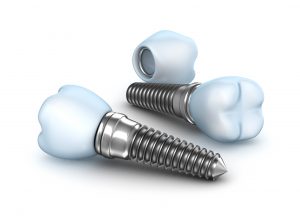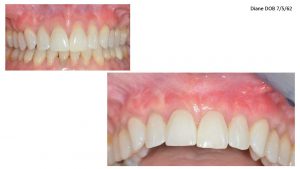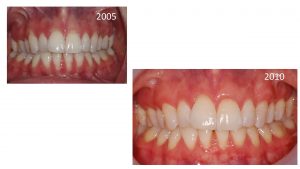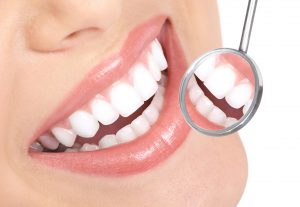
During the winter months, it is easy to catch a cold if we aren’t careful. Germs are running rampant and flu season is the worst, especially for a family with little ones that love to share everything, even germs. According to the Centers for Disease Control and Prevention, children can catch a cold as soon as 6 months old. This is why it is important to take extra precautions during this time of year to keep the entire family happy and healthy. So, as we ride out the final months of the dreaded flu season, keep these health tips in mind. After all, taking proactive measures is the key to prevention.
Eat and stay hydrated. Feed a cold, starve a fever is a general rule we all seem to follow, but saliva is one of our best defenses against bacteria. Staying hydrated will cause saliva production to rinse our mouths of these bad bacteria. Eating lots of crunchy foods like apples and carrots also keep our mouths bacteria-free.
No medications before bed. Lots of cold medicines and cough syrups are very sugary and thick in order to coat and soothe our throats. Avoid taking these remedies before bed as the sugar and acids will remain in your mouth, making homes in our teeth’s crevices and causing cavities and other dental issues as we sleep. Instead, opt for a pill form of medication during these times so there is no sugary residue left in your mouth to wreak havoc.
If you would like more information about flu season, call Dr. Peter Cabrera in Chicago, IL at 312-994-7939 or visit www.perioimplantchicago.com.
Dr. Cabrera proudly serves Chicago and all surrounding areas.








